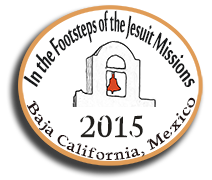Mesoamerican Pyramids
December 2
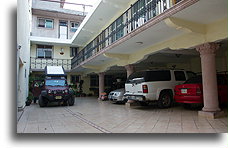
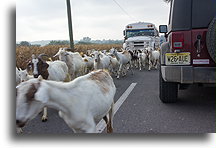
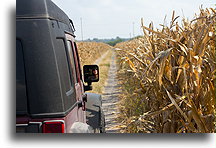
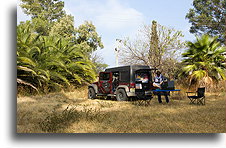
We woke up early and left La Piedad, as soon as possible. We needed to take a shower, but in order to do that we needed to find a secluded place, away from human settlements. Driving Rt. 90 westbound, we turned right toward the village of San Bernardo. After approx. 1 mile, we turned again, this time into a dirt road leading through the cornfields. We stopped near the abandoned ranch. It was deserted place in the middle of the fields, not a single living soul around. It proved to be the ideal location for a breakfast and most importantly, take a hot shower in the open air in the shade of palm and lemon trees.

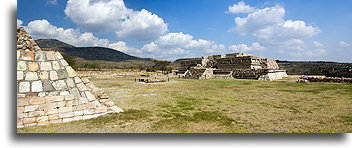
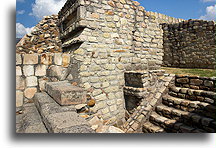
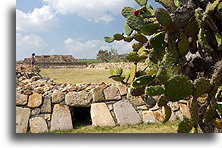
Archaeological excavations of Plazuelas were nearby. Historians know very little about the societies that inhabited this area and it is not exactly clear who established this city. Archaeologists use the name, the Bajio tradition. The complex consists of three fully restored pyramidal structures found at the end of a large square and the ball court on the opposite side. In Plazuelas perfectly visible is the evolution of the cultures of Mesoamerica, their development and fall, where one civilization comes after the other. Exactly the same process, as can be found in other parts of the world. Many cultures have left their footprint here. Their influence is evident in the architecture of stone buildings that were modified even three times changing their shape and style. For some of the last residents, Plazuelas was a place of worship of the gods representing earth, water, fire, and wind. The city was finally abandoned around AD 1000.
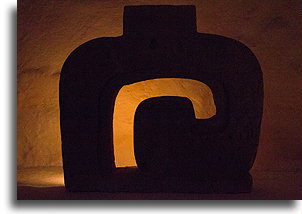
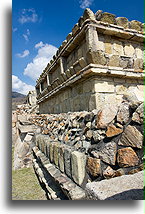
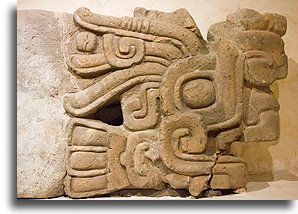
Another city of the ancient Bajio tradition is Peralta. Restored buildings here are two pyramidal structures with attached fully fenced squares. They are much greater than those that can be seen in the nearby Plazuelas. Archaeologists believe that the visible part is only a small piece of a much larger city, which extended all the way to the other side of a nearby valley, a few kilometers away.

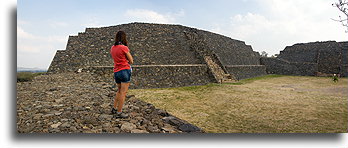
This site has unique elements for Mesoamerica. These are so called sunken patios. In opposed to the typical Mesoamerican open courtyards, two squares in Peralta are surrounded by walls and border with temples, in the shape of a rectangular stepped pyramids. Patios were probably used for ceremonial activities. To prevent them from flooding during the rains, the builders did not forget about the drainage system.
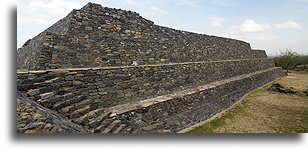
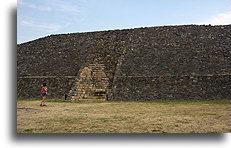
It is assumed that natural disasters around the AD 900 resulted in diminishing of the population and forced the remaining inhabitants to abandon Peralta.

